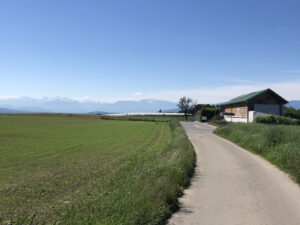 You would think after living in the world’s Most Tidy Country I would have adopted some of their clutter free lifestyle. Alas after residing in the same house in Switzerland for over 2 decades I have amassed a truck load of artifacts, books, T-shirts, photographs, medals, basketballs and other memorabilia.
You would think after living in the world’s Most Tidy Country I would have adopted some of their clutter free lifestyle. Alas after residing in the same house in Switzerland for over 2 decades I have amassed a truck load of artifacts, books, T-shirts, photographs, medals, basketballs and other memorabilia.
As a history collector, a memory keeper, how do I part with boxes of stuff.
Am I missing the clean gene?
Or can tidiness be part of a national identity inherent in small countries where space is at a premium?
I do not have any messy Swiss friends, nor has a “native” ever entered my home without automatically taking off his/her footwear. Even the children are trained to park their shoes at the door.
Marie Kondo, a Japanese woman, created a global movement of mindfulness to organize space and eliminate the vicious cycle of clutter. She would love Switzerland.
The Swiss must instinctively adhere to her number selection criteria – “does it spark joy?”
She insists: keep only those things that speak to your heart. Do Beanie Babies, books and bags count?
Am I the only one who finds joy in preserving plastic bags triggering memories of special people, places and events? Yes, I have bags labeled NBA store in NYC, Nathalie’s Boutique in southern France and Nicolas Wine Shop in Paris.
According to Kondo when we really delve into the reasons for why we can’t let something go, there are only two: an attachment to the past or a fear for the future.
I suffer from both making it doubly hard.
Another tip she stresses, don’t let your family see what you are doing. They will inevitably want to keep everything you want to pitch.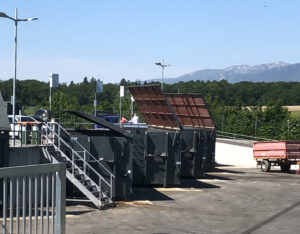
“People have trouble discarding things that they could still use (functional value), that contain helpful information (informational value), and that have sentimental ties (emotional value). When these things are hard to obtain or replace (rarity), they become even harder to part with.”
When you were raised in the American midwest where garages are bigger than European homes and filled with more junk than a Dollar Store, downsizing stuff does not come naturally. It so much easier to just chuck it in the garage.
Afte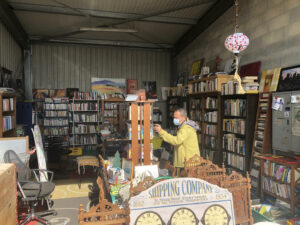 r living in a country so clean you could eat off the street, where wood piles are stacked as neatly as Jenga blocks and spotless garages contain nothing more than shiny new cars, I still wonder where the Swiss store junk?
r living in a country so clean you could eat off the street, where wood piles are stacked as neatly as Jenga blocks and spotless garages contain nothing more than shiny new cars, I still wonder where the Swiss store junk?
Chalet like style outbuildings are surrounded by gardens of flowers and shubbery.
At some, like ours, secondhand wares are tidily diplayed as gift shops. Since garage sales do not exist here, people can browse the local recycle centers that look more like lending libraries.
In a country as wealthy as Switzerland even junk is topnotch quality. Unfortunately I am no longer allowed to go to the dump here. I always bring back home more stuff than I threw away.
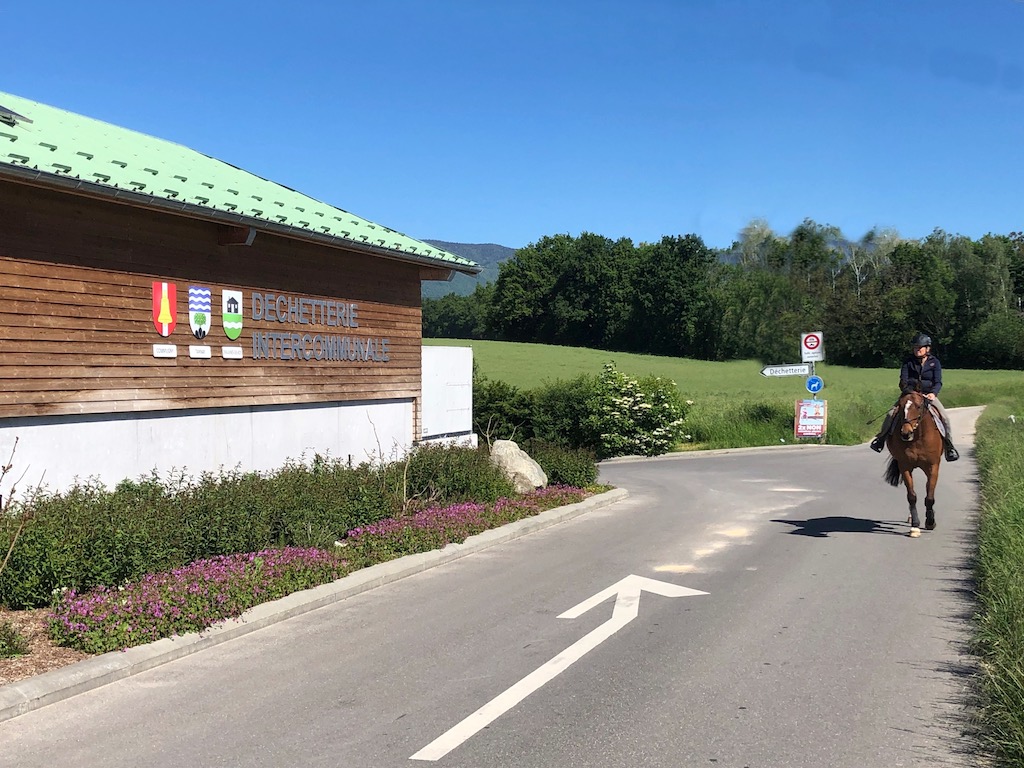
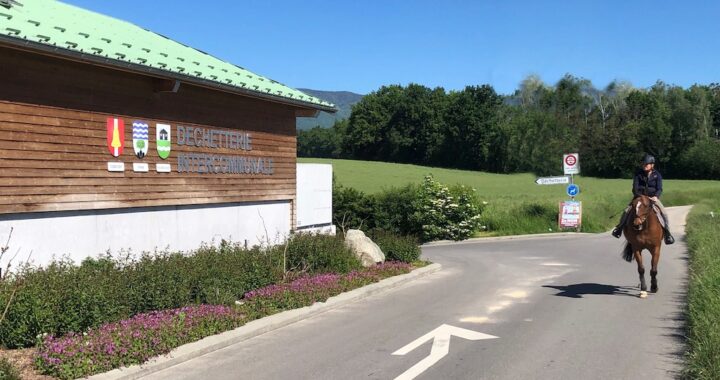
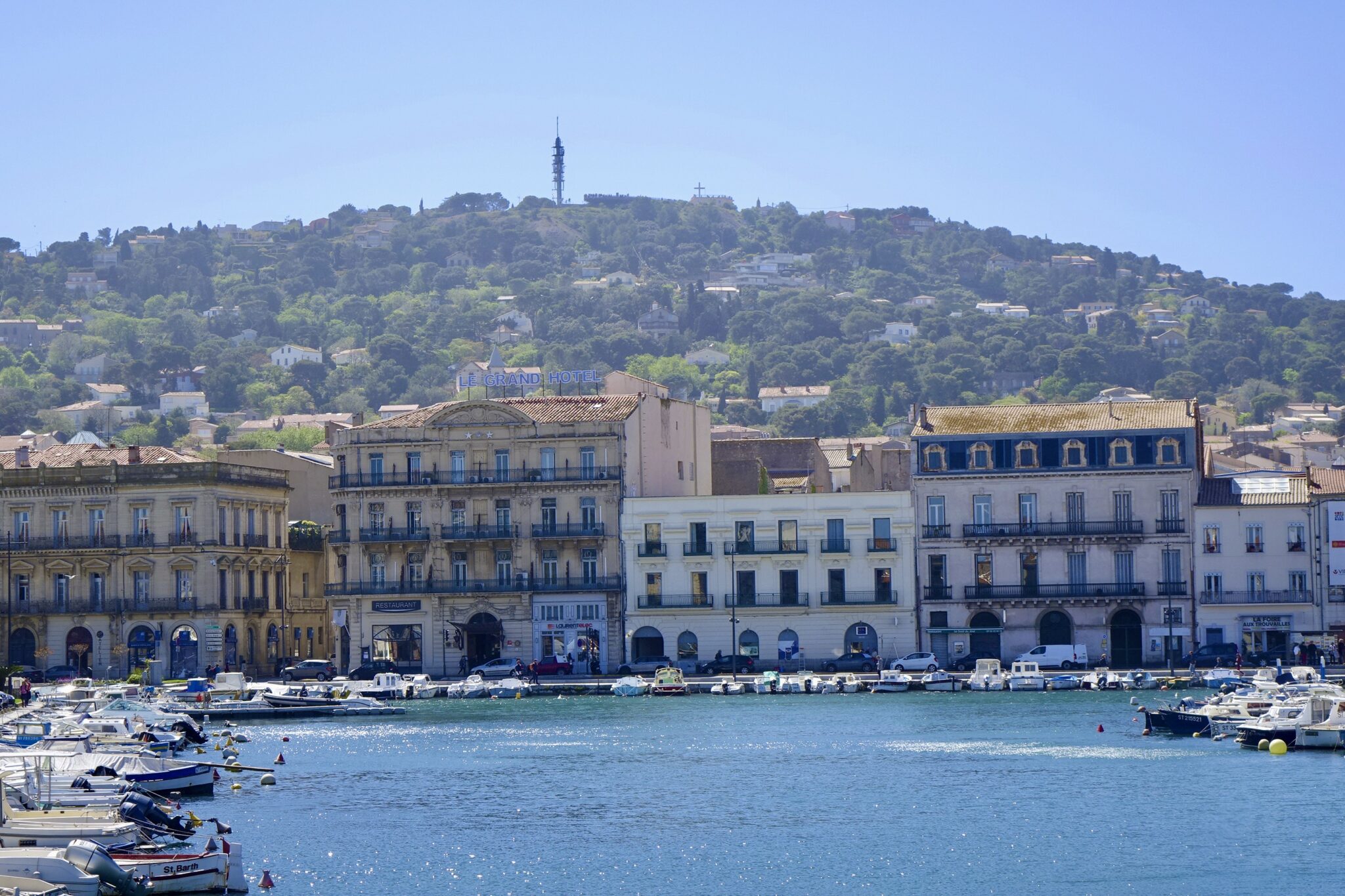
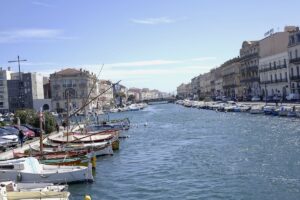 Living in Switzerland, all of Europe beckons from our backdoor, but any travel with my bad back remains challenging. So for our vacation, we narrowed our choice to a short (by American standards) four and half hour drive to discover Occitanie Region, a gem in south central France.
Living in Switzerland, all of Europe beckons from our backdoor, but any travel with my bad back remains challenging. So for our vacation, we narrowed our choice to a short (by American standards) four and half hour drive to discover Occitanie Region, a gem in south central France.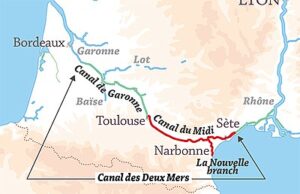 .
.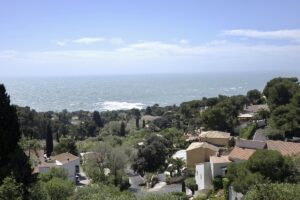
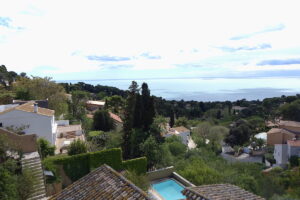
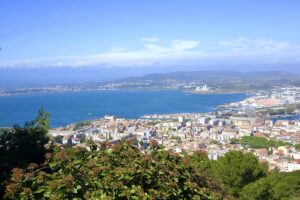 High above the gritty working port, we overlooked the red tile rooftops and admired the restless sea. We felt we’d found the best spot in town to discover the city and surroundings. That evening while winds rattled our shutters, and cicadas serenaded us to sleep, we couldn’t wait to throw open our shutters on a new day and begin exploring.
High above the gritty working port, we overlooked the red tile rooftops and admired the restless sea. We felt we’d found the best spot in town to discover the city and surroundings. That evening while winds rattled our shutters, and cicadas serenaded us to sleep, we couldn’t wait to throw open our shutters on a new day and begin exploring.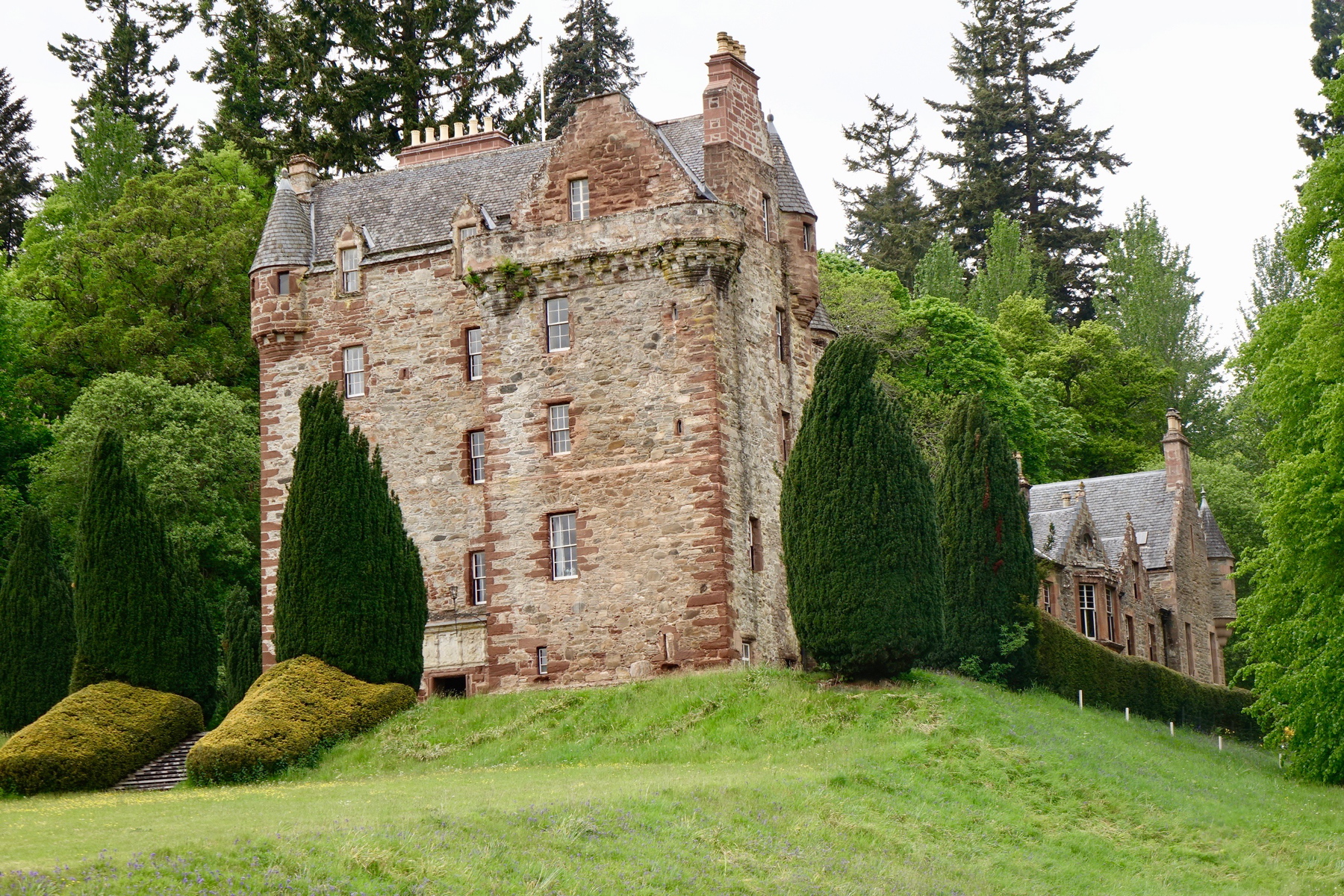




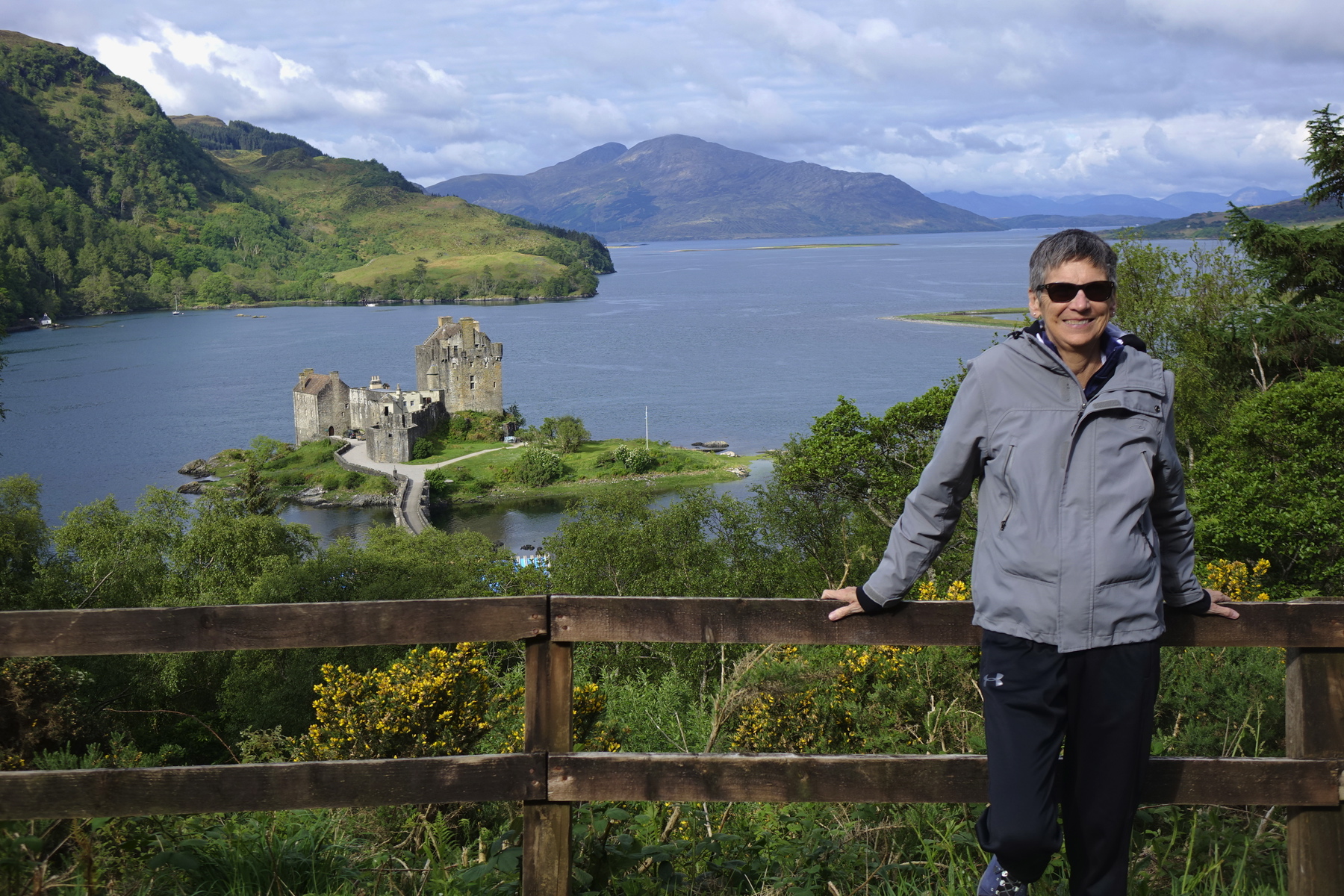




 Though unlike our ancient clan chiefs, you never led your tribe in battle against the Munros, MacLeods, or MacDonalds, you inspired countless warriors on the playing fields of Sterling to conquer “enemies” in Dixon, Rock Falls and Rochelle.
Though unlike our ancient clan chiefs, you never led your tribe in battle against the Munros, MacLeods, or MacDonalds, you inspired countless warriors on the playing fields of Sterling to conquer “enemies” in Dixon, Rock Falls and Rochelle.

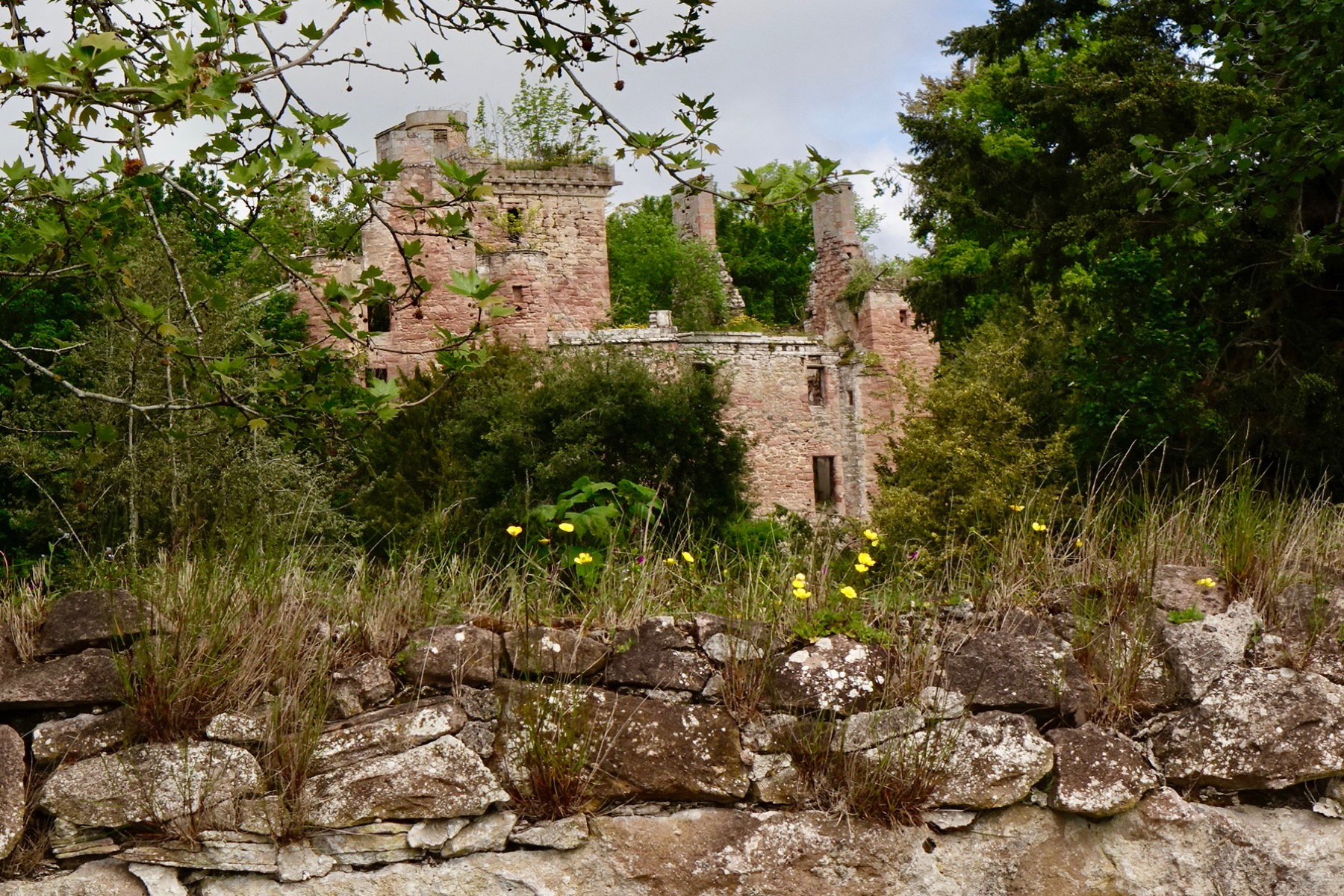





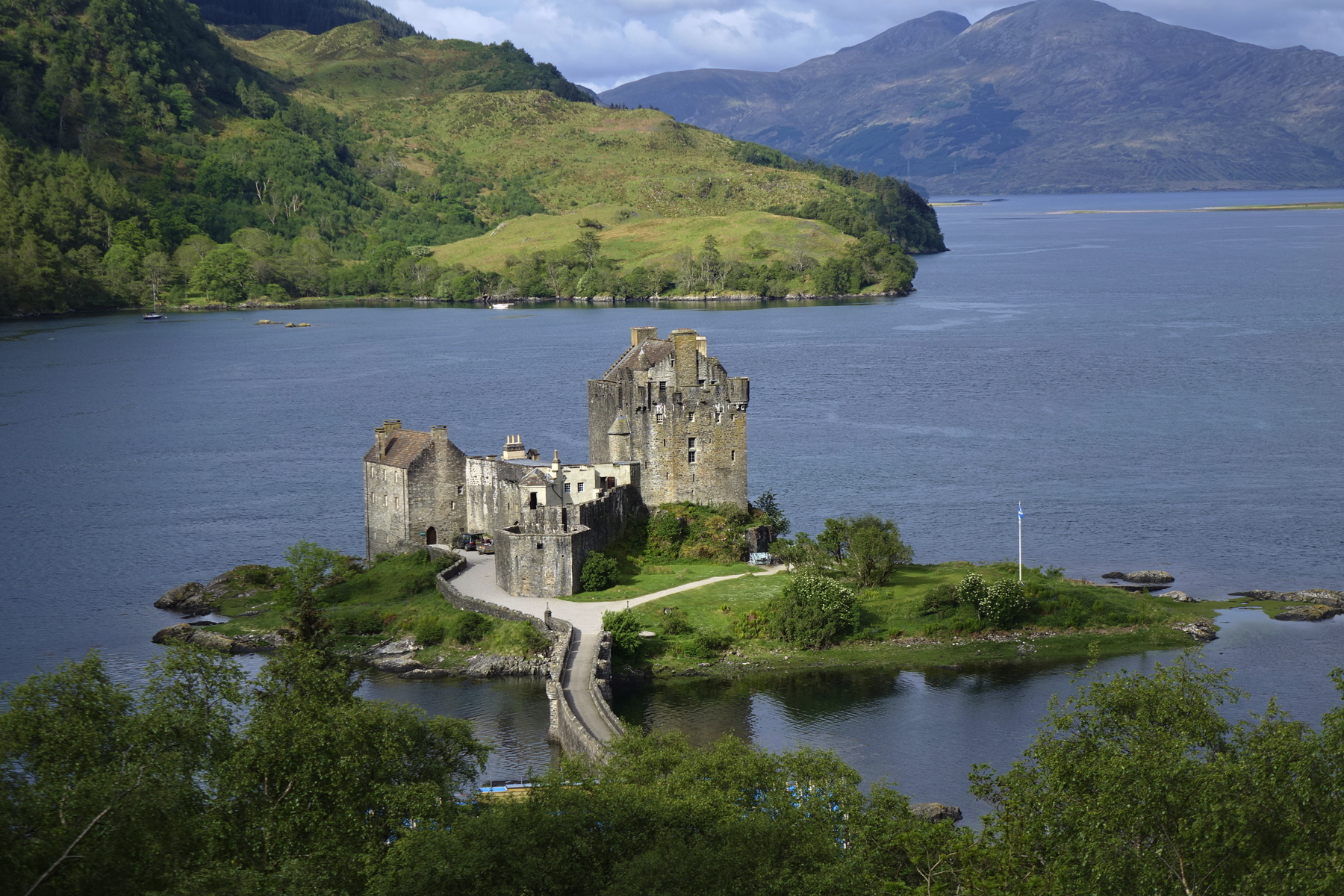
 Ever since I found out that my paternal lineage goes back to the 12th century Clan Mackenzie, I dreamed of following their trail from Eilean Donan Castle on the west coast across the Scottish Highlands and the Kintail mountains to Castle Leod on the eastern shores.
Ever since I found out that my paternal lineage goes back to the 12th century Clan Mackenzie, I dreamed of following their trail from Eilean Donan Castle on the west coast across the Scottish Highlands and the Kintail mountains to Castle Leod on the eastern shores. Mackenzie’s, once the strongest clan in the north of Scotland, reigned for centuries. From rich, warlords to cash strapped landlords, their story portrays the end of the clan system as fortunes changed hands after the Highland Clearances. Their lives were as rugged as the lands they ruled. Filled with craggy inlets, mist-covered mountains, and broody glens, their land lends way to legends.
Mackenzie’s, once the strongest clan in the north of Scotland, reigned for centuries. From rich, warlords to cash strapped landlords, their story portrays the end of the clan system as fortunes changed hands after the Highland Clearances. Their lives were as rugged as the lands they ruled. Filled with craggy inlets, mist-covered mountains, and broody glens, their land lends way to legends.
